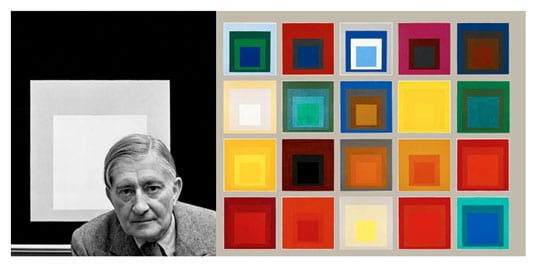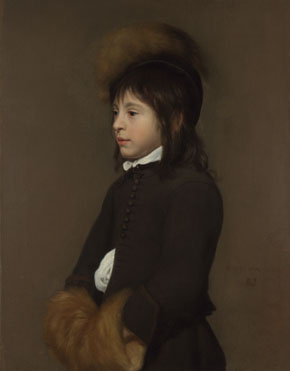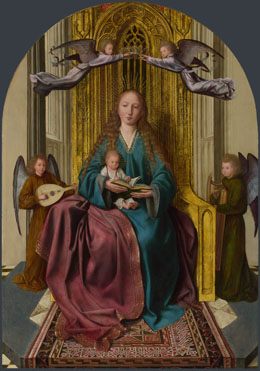BANKSY
Banksy is a British-based
graffiti artist, political activist, film director and finally, a painter;
although his identity has remained a mystery, even after over 20 years of being
involved within the graffiti scene. He has become the most notorious street
artists in the world because of his political and bold street art that always
portrays a visual messages. His also developed an entire art subculture devoted
to his works. He has worked with many different styles of street art media. His
work not only includes many powerful, often controversial images, but they may
also be found throughout the internet as viral images.
The most common form of
street art that bansky uses, is stencils. These are often in the form of multi-layered
stencils or combined with other media sources such as spray paint. He also combines
anything found within the street, for example street signs, building rubble, or
even already made graffiti typography to convey his message, making beautiful
street art. His work is often ironic and
combines dark humour, to most likely not make his work just about the
depression and statements created by today’s society, politics or beliefs.

 Although we may know a lot
about banksy amazing art work and style of working, very little is known about
him, as he refuses to be interviewed and keeps his identity carefully
maintained. The media and his fans have always questioned about his identity as
there has been a lot of accusations due to a variety of identity claims. Banksy
also seems to partly create an importance to understand his character by a few
of his graffiti art work. Recently there was a theory included in an article
newspaper publication, pointing out his identity of being a Bristol resident by
the name Robin Gunninham. But what's more shocking about bansky identity is
that he has managed to completely hide it from his family, till this date no
banksy identity claim has ever been correct.
Although we may know a lot
about banksy amazing art work and style of working, very little is known about
him, as he refuses to be interviewed and keeps his identity carefully
maintained. The media and his fans have always questioned about his identity as
there has been a lot of accusations due to a variety of identity claims. Banksy
also seems to partly create an importance to understand his character by a few
of his graffiti art work. Recently there was a theory included in an article
newspaper publication, pointing out his identity of being a Bristol resident by
the name Robin Gunninham. But what's more shocking about bansky identity is
that he has managed to completely hide it from his family, till this date no
banksy identity claim has ever been correct.
The images
I’ve presented are a few of his artwork that I consider to be a big impact on society,
and also stand out the most to me because of how Bansky has presented and laid
out the image, the colours are dark but still intriguing because of how one
colour makes the other stand out more, complementing each other. Looking at the
images, they make me wonder about the message he is conveying through the
artwork, trying to communicate with the public in a visual perspective that
makes you look deeper than the artwork itself, trying to also work out the identity
of the artist through his pieces.




















